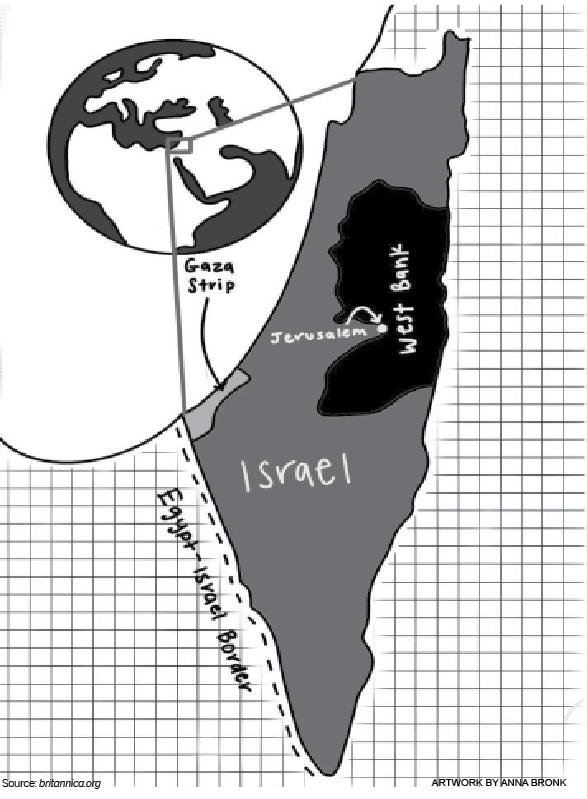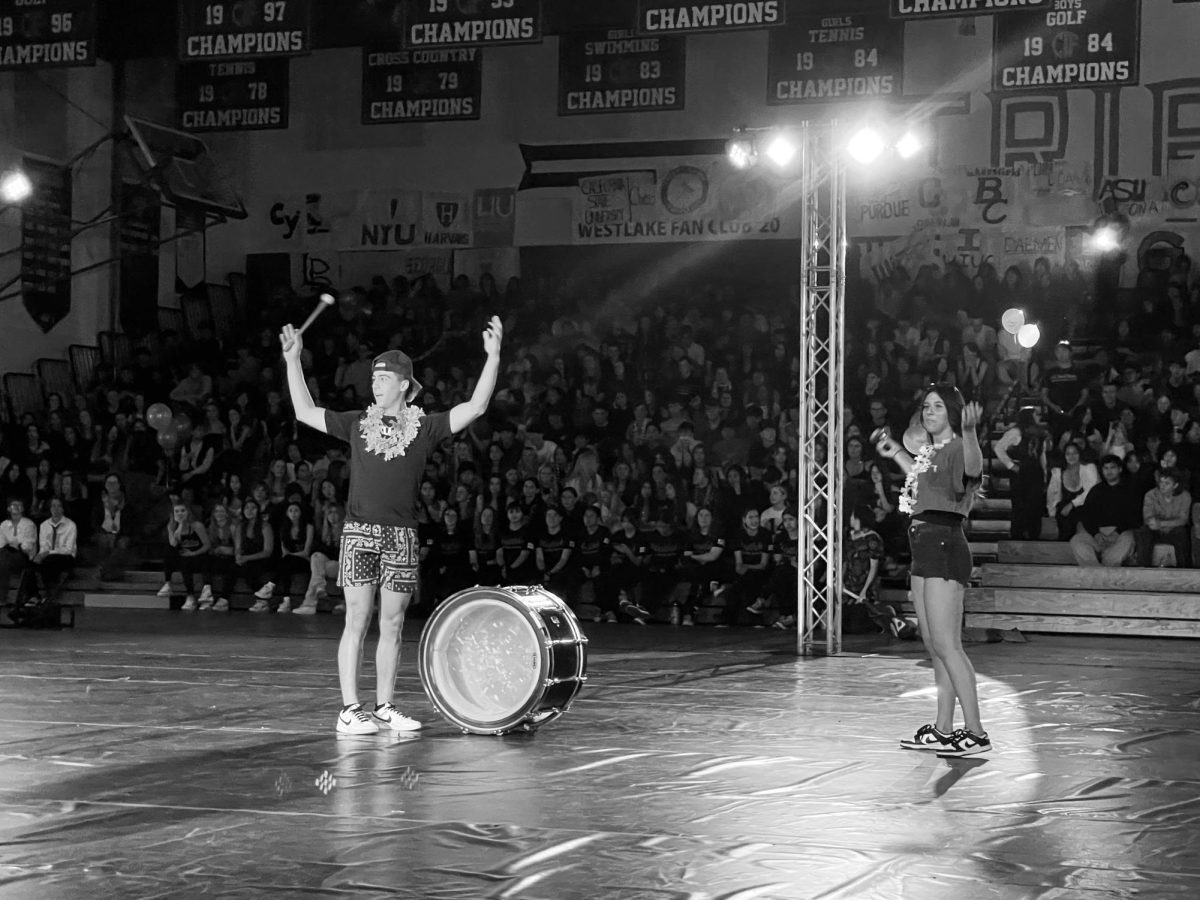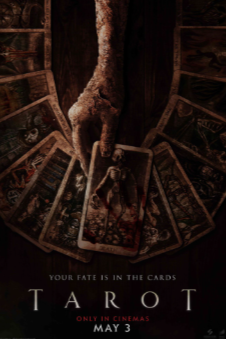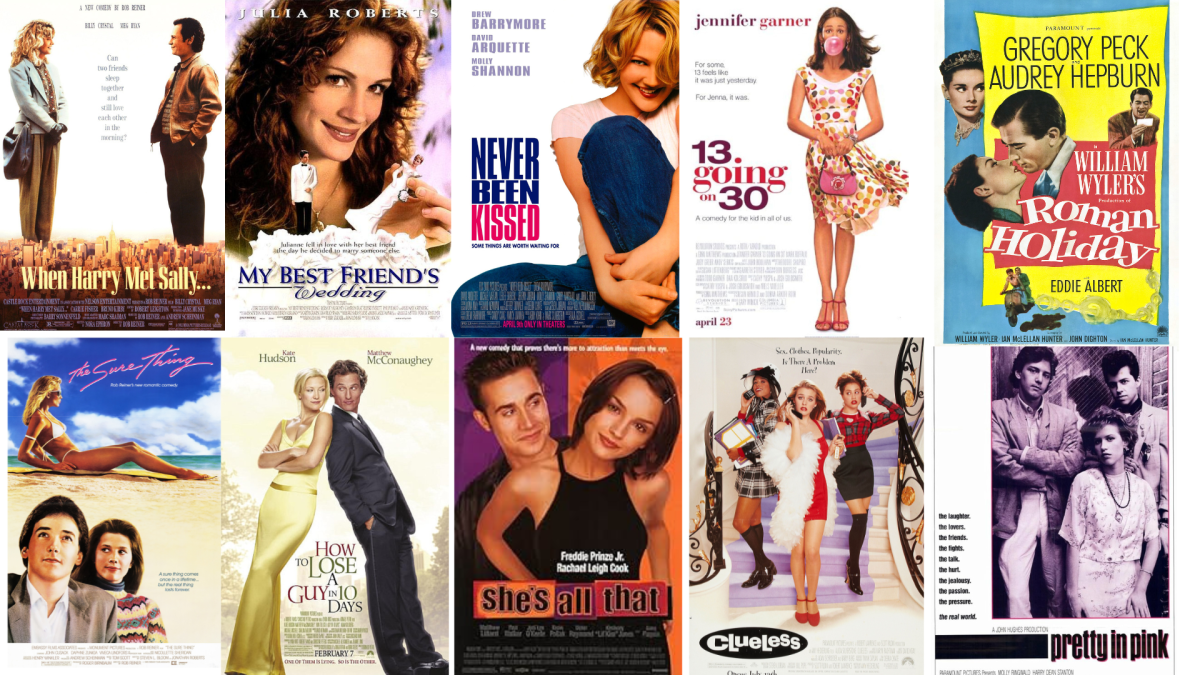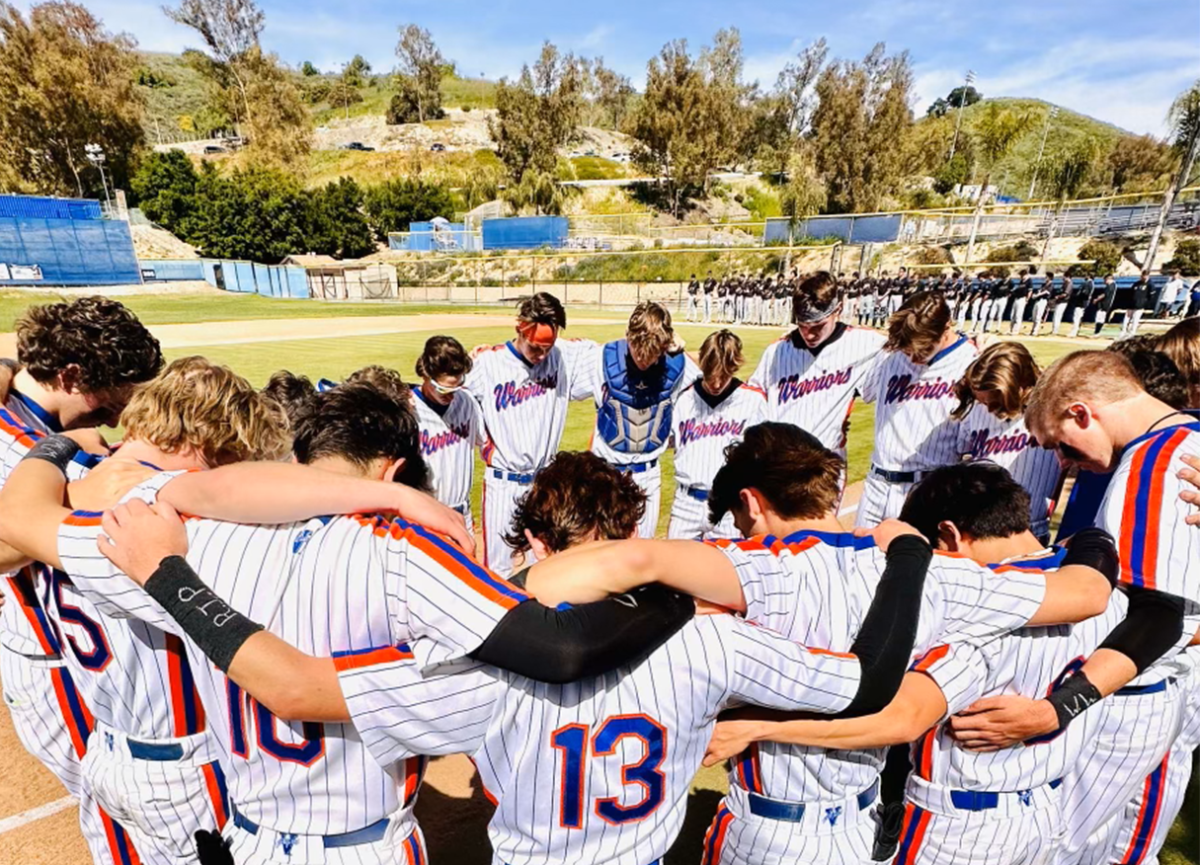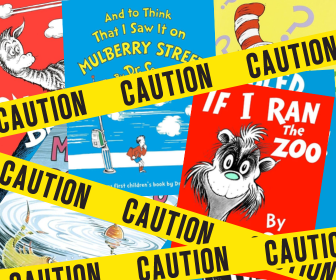
Graphic by Megan King ’19
Caelyn Pender ’19
With the recent debates raging in CVUSD over the literary merit of core literature novels such as The Absolutely True Diary of a Part-Time Indian by Sherman Alexie and Snow Falling on Cedars by David Guterson, it’s commonplace to hear vehement arguments both for the literary merit of books such as these and calls for their removal from school curriculum. Ever since the school board voted to approve of using The Absolutely True Diary of a Part-Time Indian in school curriculum in August, core literature novels have been a hot topic. Students, parents and teachers alike all took to the podium during school board meetings to argue why or why not these books should be read in classrooms, sparking a debate that transpired into a policy battle over parent consent for books containing “mature content.”
The Absolutely True Diary of a Part-Time Indian, a controversial book that, according to the American Library Association, is contested because of its cultural insensitivity, alcohol use, offensive language, sexual content, violence and anti-family sentiments, was at the forefront of this debate. Although eventually passed by the school board, many people tried to stop it from being used in classrooms for reasons such as these.
However, a book is read in school classrooms because of the lessons it teaches and the relevant issues it discusses, both criteria that qualify The Absolutely True Diary of a Part-Time Indian as an important book for students to read.
The novel follows Junior, an American Indian living on the Spokane Indian reservation, through his daily life when he transfers from the dilapidated reservation school to the all-white school 22 miles away in Reardon. Junior, who was born with hydrocephalus, has many physical defects such as a lisp, a stutter, bad eyesight and seizures. Because of this, he is harshly bullied by most of the people on his reservation. Aside from this, he is forced to deal with crippling poverty, an alcoholic mother and father and racism from both teachers and students at his new school, where the only other Indian is the school mascot.
The book deals with many important issues, especially for middle schoolers and high schoolers, such as bullying, feeling like an outcast and finding a place in the world. Beyond that, it discusses relevant issues such as racism, alcoholism and the deaths of loved ones. Although the topics can be heavy at times, Alexie presents the topics realistically and appropriately for the intended age group.
Alexie, who wrote the book partially based on his own experiences growing up on a reservation, employs a balance between shock and delicacy in handling issues that is great for young readers. Though the issues in themselves may be considered offensive to some people, it is important that students learn difficult topics such as these in a comfortable setting such as a classroom so they will be informed critical thinkers when they go off into the world. This book is an invaluable teaching tool to prepare students for the hardships they will inevitably face in their lives, not only promoting the importance of perseverance, but also making students think about how they would handle difficult situations. Junior makes for an excellent role model for students because of his continual determination to overcome the obstacles in his life.
Over the course of his story, Junior grows as a person, a transformation that is fueled by the conflicts and hardships he is constantly facing. In some ways, he is just like any ordinary teenager, facing problems such as crushes and friend drama; dealing with these issues makes the book especially relatable for many students, as Junior goes through many of the problems that teenagers face on a daily basis.
One of the major conflicts in the novel is between Junior and his best friend, Rowdy. Their friendship goes through ups and downs, ultimately promoting the message that friendships are invaluable through both the good and the bad. The story also explores the relationships between Junior and his parents, Junior and his grandma and Junior and his sister, ultimately emphasizing the importance and strength of family despite struggles.
Like many students, Junior has trouble embracing himself, hiding many aspects of his life from his classmates. However, even when times are hard, Junior continues to push through his problems, a valuable skill for anyone to be taught.
Beyond that, Junior faces more intense hardships such as racism and crippling poverty, providing a valuable level of exposure to problems that reside beyond the horizons of suburban life.
Both Junior’s mother and father have a drinking problem; aside from them, alcoholism is prevalent on the reservation, with countless Indians turning to alcohol to deal with their problems. Many people in Junior’s life die because of this — another issue Junior is forced to deal with. The book teaches both the repercussions of alcoholism as well as ways different individuals handle grief.
Additionally, Junior’s family is so poor that oftentimes his dad does not have enough gas to drive him to school; some days Junior walks the entire 22 miles, but most of the time he hitchhikes to and from school. Despite this challenge, Junior still tries his hardest in school, and he still strives to be a normal teenager.
It is true that this book deals with harsh subject matter, and it is true that it contains what some people consider to be mature content. However, it deals with issues in an approachable way through the voice of someone who is highly relatable to teenagers. It is imperative that students learn about uncomfortable topics, and this novel presents these problems in ways that teenagers will actually understand.
Unlike many of the massive tomes written by long-dead white men hundreds of years ago that students read in their classes, this book is actually relatable. Junior’s voice is that of a teenager, so with it comes swearing, slang and hyperbole, but this is how most teenagers talk. Profanity does not erase the book’s literary merit; in fact, in many cases it creates humor that compels students to keep reading.
The use of comics and drawings throughout the book create interest and help further the impact of the story. Junior loves to draw comics, so he draws to help him get through the hard times. These often make fun of his situation, which is another valuable tool used by the author to discuss the importance of perseverance.
Although disputed, this book is a highly valuable teaching tool that every student should read before graduation. Because it presents its topics in a modern voice, it is appealing and applicable to students, becoming an effective way to teach many valuable themes.



